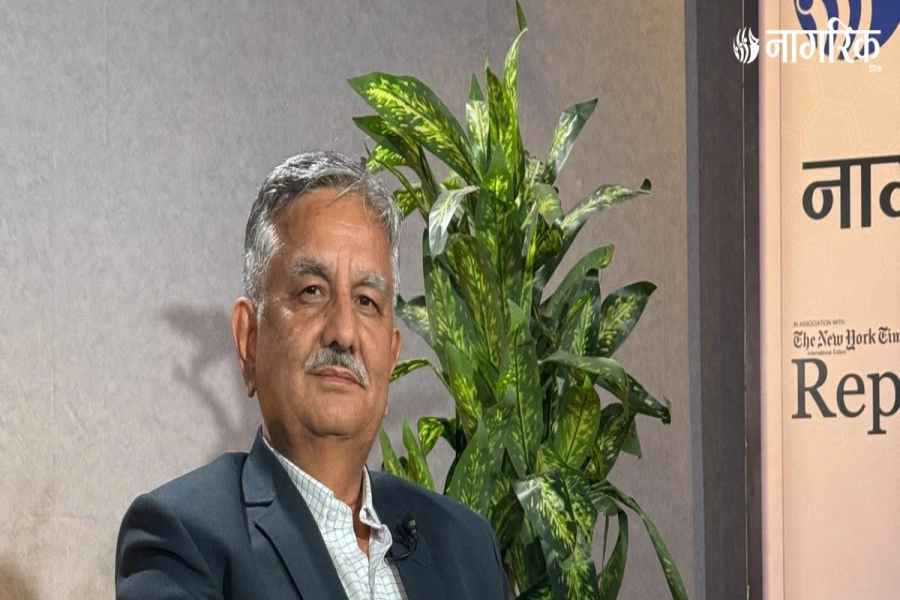KATHMANDU, June 17: The tradition of resigning from the position of the Chief Secretary before completing the three-year tenure started during the time of the then Chief Secretary Som Lal Subedi.
After that, the government followed the tradition of forcing the Chief Secretary to resign and promoting their favorite Secretary to the vacant position. Administrative experts say that this tradition is problematic for the reform of the administration sector.
Secretary Subedi bags Civil Service Outstanding Award 2016

The appointment of the Chief Secretary on Thursday is also a product of this tumult. Here, rather than on the basis of competition, there has been a tradition of appointing the chief secretary according to one's own preferences. Therefore, when only three and a half months of the three-year term of Chief Secretary Shankar Das Bairagi remained, the government forced him to resign and took Baikuntha Aryal to that position, while the five-year term of Secretary Aryal was ending on June 18.
The tradition of resigning from the post of Chief Secretary without completing the full term was started by the then Chief Secretary Somlal Subedi. With one year left in his term, he went to the Philippines to work as an alternate advisor to the Asian Development Bank (ADB). But he decided not to resign from government service. Subedi placed himself in the reserve pool. The then government did not agree with Subedi's decision to stay in the reserve pool. Then he resigned from government service on August 6, 2017. The government became more harsh towards Subedi and recalled him from the Philippines. At that time, it had been a year since he had gone to the Philippines.
This is how the tradition of resigning from the post of Chief Secretary without completing the full term was started by the then Chief Secretary Som Lal Subedi. With one year left in his term, he had gone to the Philippines to work as an alternate advisor to the Asian Development Bank (ADB).
















-1200x560-1764836409.webp)





















